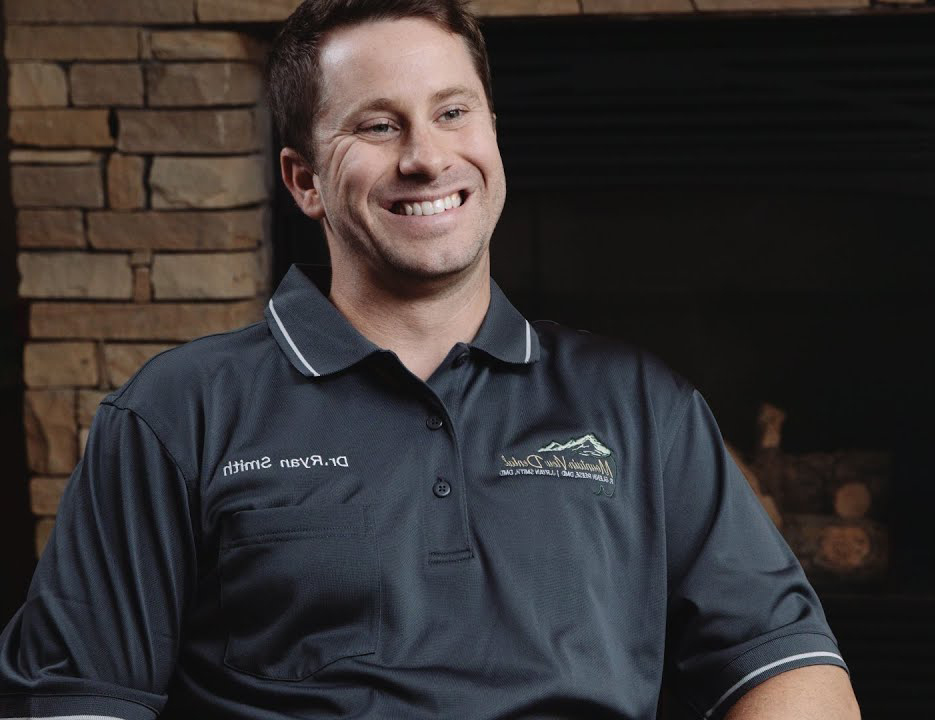As dentists, we walk a tightrope every day. On one side is “Dr. Passive,” who is so afraid of sounding salesy that they present a cracked tooth like a minor suggestion, leaving the patient to underestimate a serious problem. On the other is “Dr. Doomsday,” who makes every small cavity sound like a five-alarm fire, leaving patients feeling pressured and manipulated.
If you’ve ever struggled to find that perfect balance—to create real, ethical urgency without destroying patient trust—you’re not alone. Most of us believe the only options are to be a timid educator or a high-pressure salesperson. Both are fundamentally flawed.
It’s time for a different framework. This is a system I call Ethical Urgency. It’s a calm, patient-centric, and powerfully effective way to help patients say “yes” to the care they truly need, not because they’re scared, but because they are crystal clear on their choices.
The Mindset Hurdle: You Are Not a Salesperson
First, we must address the root of the problem. The number one reason we fail to create urgency is a deep-seated fear of being seen as a “salesperson.” That word feels dirty to us as clinicians. We are trained to be healers, not persuaders.
You must reframe this in your own mind. You are not selling a crown; you are advocating for your patient’s long-term health. You are their trusted advisor, guiding them away from a future of more pain, more expense, and more invasive treatment. When you genuinely believe that, your entire demeanor shifts from timid salesperson to confident advocate.
The other hurdle is the “curse of knowledge.” To us, a phrase like “failing MODBL with a mesial crack” is objectively terrifying. To the patient, it means nothing. Their only data point is, “It doesn’t hurt right now.” Our job is to bridge that knowledge gap with clarity, not fear.
The 3-Step Process: Show, Connect, Recommend
Once you’ve shifted your mindset from “selling” to “advocating,” you need a simple, repeatable process for every treatment presentation.
Step 1: SHOW, Don’t Just Tell
You must make the problem objectively real for the patient. Your single most powerful tool is the intraoral camera. A crystal-clear, magnified picture of a crack, a leaking margin, or deep decay is undeniable evidence.
Hold up the screen and say, “Mrs. Jones, I want to show you exactly what I’m seeing here.” This immediately anchors the conversation to an observable fact you can both look at together. It is no longer your opinion; it is their reality.
Step 2: CONNECT the Problem to a Future Consequence
This is where you build ethical urgency. It is not a threat; it is a calm, logical “if-then” statement that explains cause and effect. Frame the consequences in the terms patients care about most: their money, their time, and their comfort.
- Financial Consequence: “If we place a large filling in this cracked tooth, then it’s at a very high risk of fracturing in a way that will require a more expensive root canal and buildup later.”
- Biological Consequence: “If we just watch this deep cavity, then the decay will continue to progress toward the nerve, which will likely lead to a painful toothache at the worst possible time.”
- Time & Invasiveness Consequence: “If we act now, we can conservatively protect the tooth. Then, if we wait for it to break, the treatment becomes much more complex and invasive.”
You are simply and calmly laying out the two paths in front of them, empowering them to make an informed choice.
Step 3: RECOMMEND with a Protective “Because” Statement
This is the final, most powerful piece of the framework. After explaining the “if-then” scenario, you deliver your recommendation. But you don’t just say, “So, you need a crown.”
Instead, you use this precise phrasing:
“So, because my primary goal is to help you avoid that more expensive and more invasive treatment down the road, I am recommending we protect the tooth now with a crown.”
That single word, “because,” reframes the entire interaction. You are no longer a dentist telling them what they need; you are their advocate, explaining that your recommendation is rooted in a desire to protect them from a worse future. It transforms the dynamic from a transaction into a partnership.
When you put these three steps together, the conversation becomes incredibly effective, professional, and ethical. You aren’t scaring patients; you are providing such crystal-clear clarity on the two paths before them that they can naturally choose the one that is more conservative, less expensive, and less painful in the long run.

